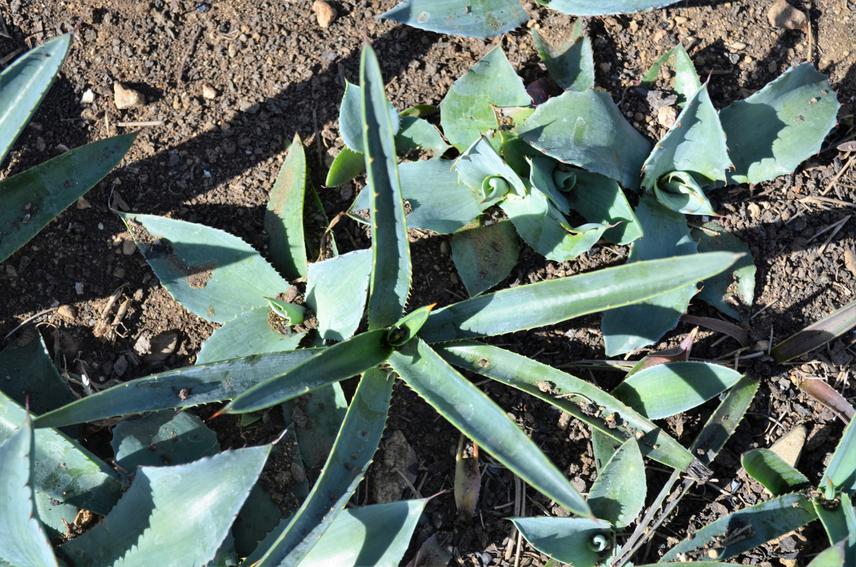María de Lourdes Delgado Aceves
Other projects
12 Aug 2020
Magueyes Land: Sustainable Strategy for the Use and Conservation of Valuable Natural Resources of Mexico
The species of the genus Agave in Mexico have essential cultural value and a tremendous economic impact. However, the high exploitation of the species has considerably degraded its populations. Therefore, it is of uttermost importance to design strategies to preserve and manage these phytogenetic resources. The collection of threatened species and their subsequent micropropagation at the laboratory will generate alternative methods for their sustainable and safe propagation, avoiding the extraction from their natural areas in reproductive stages. Besides, generation of micropropagated accessions will allow their long-term conservation in germplasm banks.

The use and exploitation of agave date back to centuries, nowdays it has an enormous impact on culture-economy in Mexico. Wild and domesticated species of agave are exploited to obtain beverages, food, natural fibers and some raw materials for industry. Despite extensive use of few cultivars of Agave tequilana Weber cultivar azul for tequila production, other varieties and species are used for distilled beverages (mezcal). These varieties are less studied, and the fact that all of them grow in the wild, make them at risk by exploitation of their natural populations. To this regard, we work with agave species that are used for ornamental purposes and usually extracted from the wild, some ones now subject to protection.
During the last decade increasing attention has been paid to the different factors that have affected Agave populations such as climate change, extraction of plants and seeds, change in cattle and land use on Agave populations, pests, and diseases (among others).
Nevertheless, the slow growth and old reproductive age (8-10 years) have made Agave spp. particularly vulnerable. The plant is usually exploited before the formation of the flower stalk, avoiding their reproduction and risking their permanence in the environment.
The application of protocols for tissue culture propagation will be crucial for the conservation of Agave species, since they will reduce pressure on natural populations by supplying industry with plant material, at the time that it will help to preserve endangered Agave species.
The regeneration systems by somatic embryogenesis and shoot tips proliferation are sustainable tools that generate complete structures (apex and root) and can be encapsulated and stored. The material is viable and readily use by farmers, avoids the need to exploit natural populations and dispenses with the several years that it takes agave to reach sexual maturity. Besides the rapid propagation, the micropropagated material is the gate for the cryopreservation method, which is considered the best alternative to long-term conservation in species with recalcitrant seeds or that rely widely on vegetative propagation. Cryopreservation helps to maintain cellular viability and functionality at ultra-cooling temperatures and can be used to assist the conservation of Agave genetic resources.
This work will optimize biotechnological methods to help to the sustainable management of the Agave genetic resources, providing a long-term conservation alternative. This project aims to generate information, methodologies, and techniques for genus conservation.